Machine age: a new show explores the blurring boundaries between humans and robots
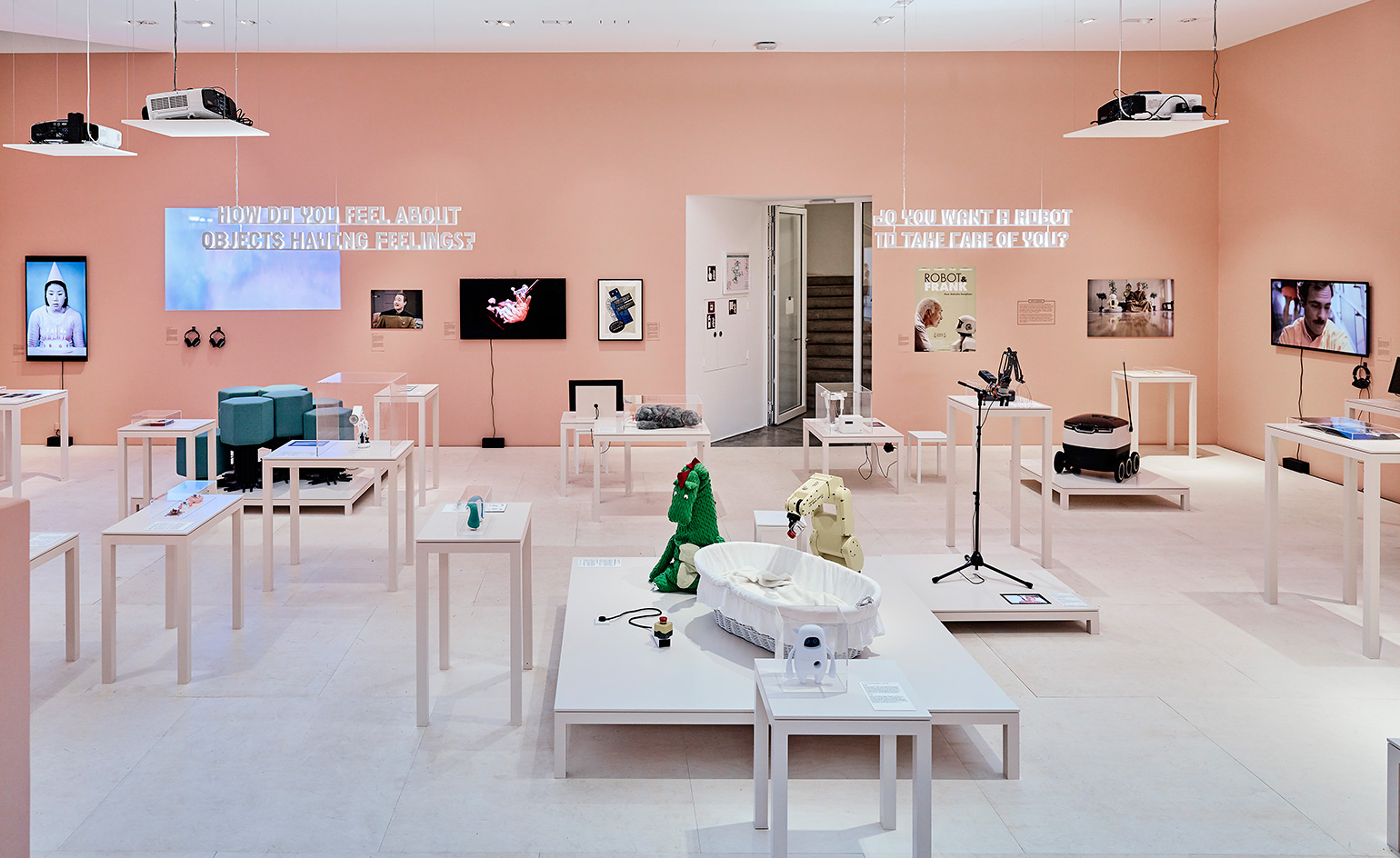
Looking up and down any train carriage on your way to work today and you can’t help but notice that almost every single person sits craned over a screen, staring blankly into its blue glare. In recent decades, the presence of technology in our day-to-day lives has gradually increased to the point that it has drastically changed the way in which we interact with each other. However, as Vitra Design Museum director Mateo Kries notes, it is only in the last two to three years that this phenomenon has been so intensely discussed. Last week, a new exhibition titled ‘Hello, Robot. Design between human and machine’ opened at Vitra’s Weil am Rhein Campus with the intention of examining the topic through the lens of design.
‘We’re not interested in displaying the latest technological innovations,’ says Kries of the exhibition’s focus. ‘Instead we looked at projects that say something about design and robotics – that really go beyond looking at the simple form or technology and instead say something about how we interact with the technology, how they interact with us and how they influence our interaction with other people.’

‘Robot Morph’, by Christoph Niemann, 2016. © Christoph Niemann
Divided into four chapters, the exhibition, curated by Amelie Klein and designed by Basel-based Emyl, takes visitors on a journey that begins by examining our historical relationship with robotics and ends in an equally thrilling and disturbing future where machines and humans become one.
In the exhibition’s first chapter, 'Science and Fiction', the robots we grew up with in popular culture are displayed around a darkened space, spotlit like alien species. Here, Star Wars’ R2-D2, Rosie the Robot from The Jetsons and the infallible computer HAL 9000 from Stanley Kubrick’s 2001: A Space Odyssey all illustrate how our expectations of robots have been shaped by the media. Other works, such as Eric Pickersgill’s Removed series of portraits, where sitters are asked to recreate their uncommunicative and aloof gestures when holding personal devices, raise questions such as do we really need these devices? And, do we even like them?
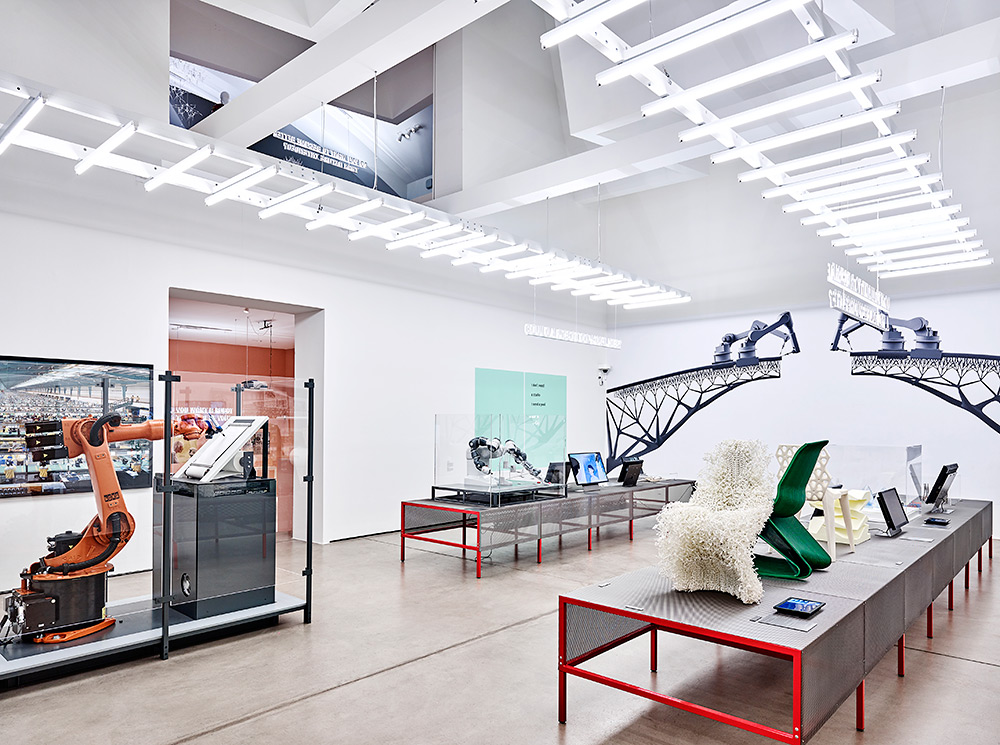
Installation view of '‘Hello, Robot. Design between human and machine’
This line of questioning continues throughout the exhibition as a way of making visitors re-examine our alarmingly ambivalent attitude to the way in which robots have infiltrated our lives. ‘The technology is there, it will be used so we better learn about it and discuss it rather than leaving it to the big data companies do with it what they want’ explains Kries.
A bright white lab-like space dedicated to robots in the work environment tackles the common fear of robots replacing humans. Here exhibits such as YuMi, a dextrous dual arm robot, highlight the potential for robots to work in close collaboration with humans. Designed to perform repetitive small-part assembly work required for the electronics industry, YuMi is safe enough to use without protective barriers. Meanwhile, Robotlab’s robotic scribe, programmed to constantly write manifestos, raises the question of whether robots could also eventually fulfil intellectual roles in the workplace.

‘Molecule Shoe’, by Francis Bitonti Studio Inc, 2015. © Francis Bitonti. Courtesy of the Museum of Fine Arts, Boston
Moving from the workplace into the home environment, a room of care-giving robots and smart objects asks the question ‘Do you want a robot to take care of you?’ Displayed against a flesh-coloured backdrop, existing devices such as the Amazon Echo are showcased alongside conceptual pieces such as Philipp Schmitt, Stephan Bogner and Jonas Voigt’s ‘Raising Robotic Natives’ – a collection of four parenting aids that imagine a world in which domestic robots are ubiquitous. Craned menacingly over a baby’s crib, the ‘Robot Baby Feeder Toolhead’ is an industrial arm equipped with a baby bottle on its grip.
‘Robotics and new technology give us just as much reason to be very excited as to be worried, and we have to look at both,’ says curator Amelie Klein of the exhibition’s tendency to swing between visions of dystopia and utopia. ‘We would really like people to come in with one set of ideas and opinions and leave the exhibition realising that there are both positives and negatives.’
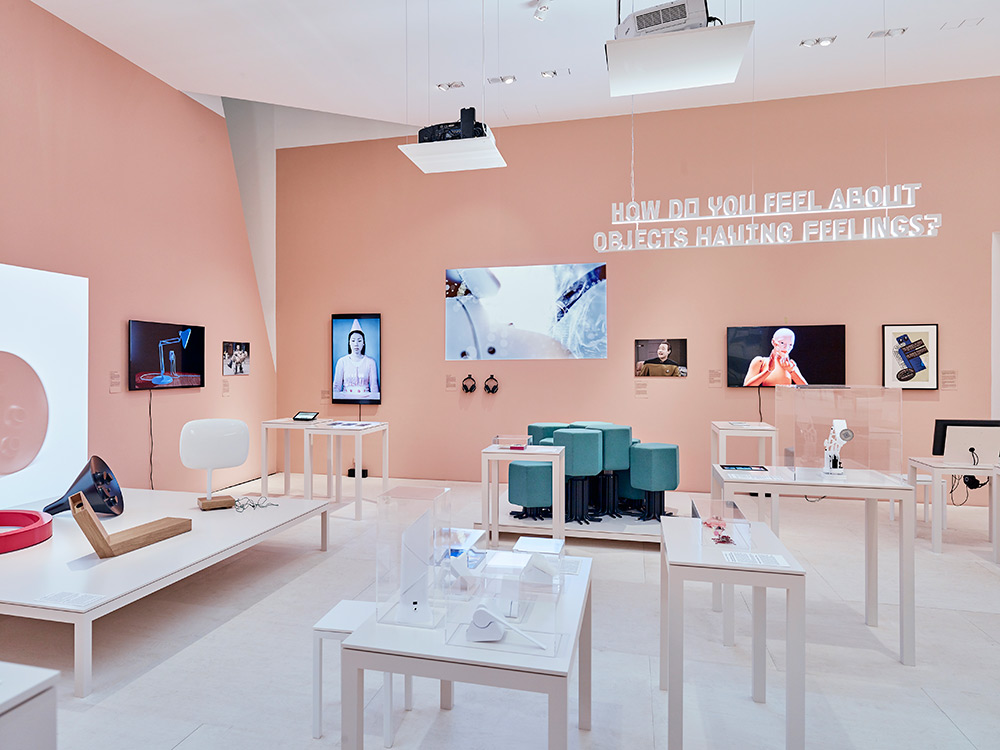
Installation view of 'Hello, Robot. Design between human and machine'
Perhaps no where is this clearer than in the exhibition’s final chapter, ‘Becoming One’, where we see how prosthetics, implantations, exoskeletons and connected homes are all pointing towards a future where humans and machines physically merge. Designer firm Emyl use mirrored plinths that reflect visitors as they move around the space eluding to the blurring of boundaries. At this point, Klein is keen to stress that this future is not hypothetical. ‘It is now that we have to discuss what the repercussions will be, and how we want to deal with this. We live in a physical world that has become connected and smart. This is important for people to realise. It’s now, it’s not that we have to be afraid of something that comes tomorrow, it’s already here.’
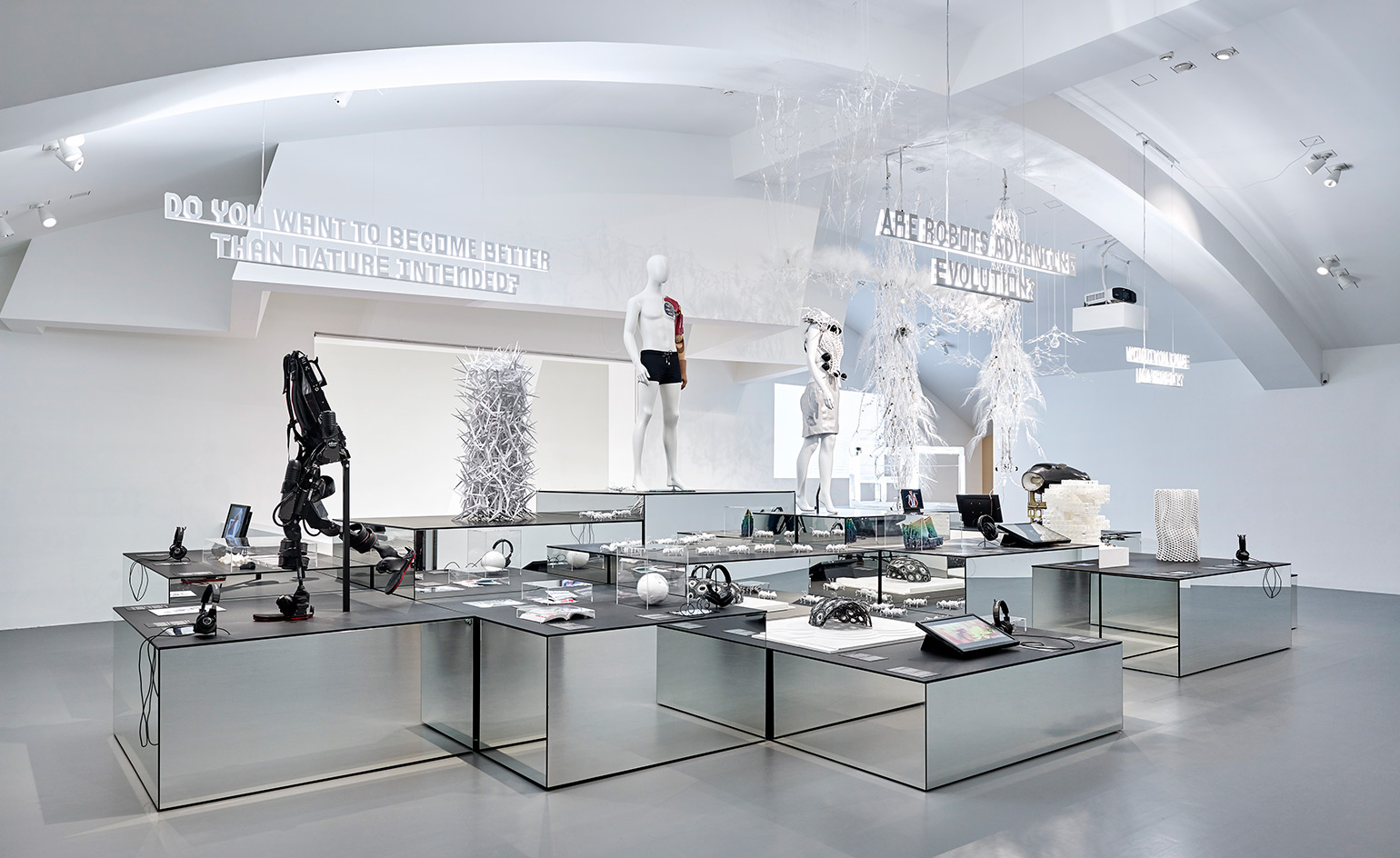
‘Hello, Robot.’ comprises more than 200 exhibits from the fields of design, art, engineering and film
The show has been curated by Amelie Klein and designed by Basel-based Emyl
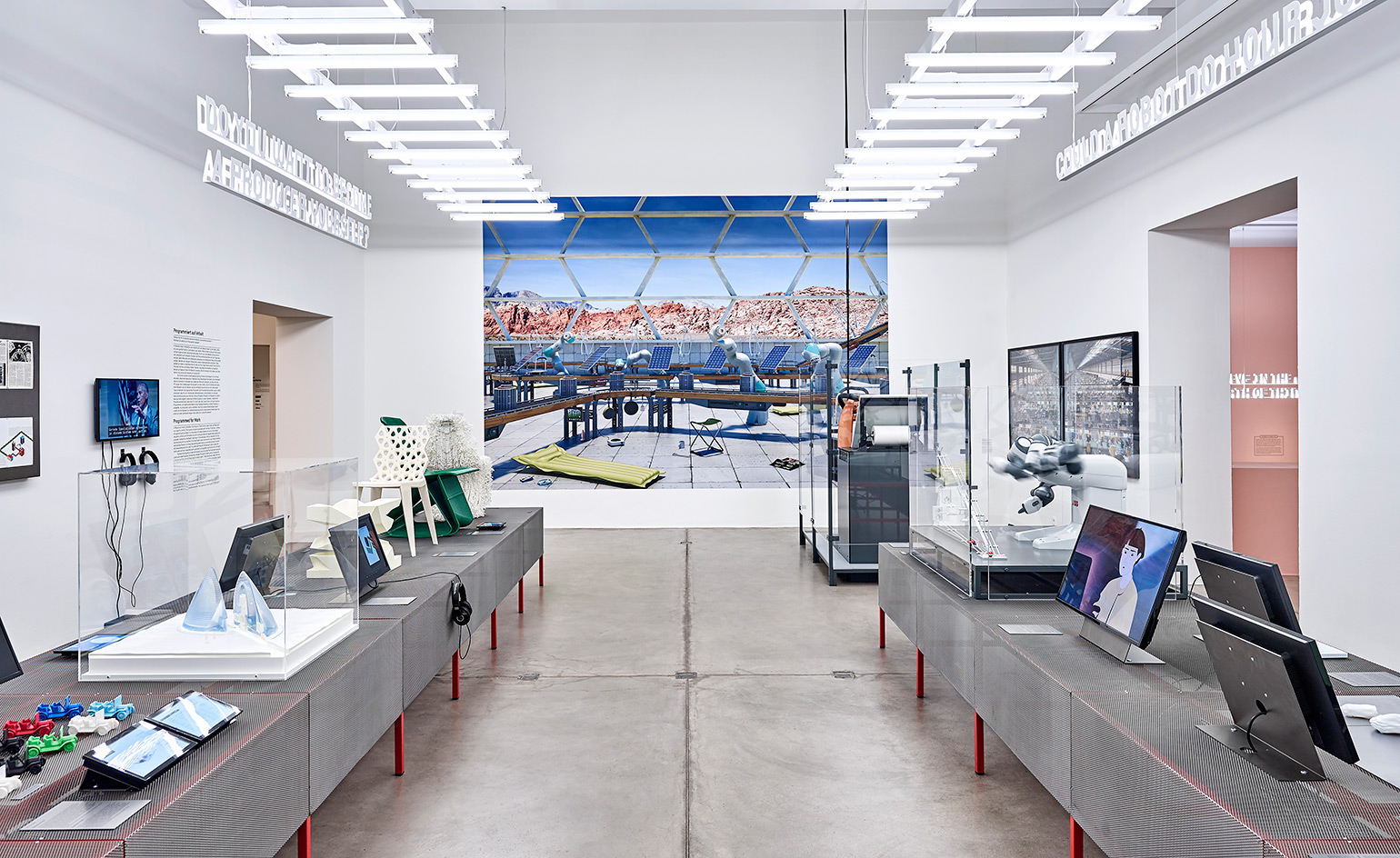
The show has been curated by Amelie Klein and designed by Basel-based Emyl
The spectrum of exhibits ranges from industrial robots to installations, 'questioning where the boundary lies between work that can be automated and human creativity'
Receive our daily digest of inspiration, escapism and design stories from around the world direct to your inbox.
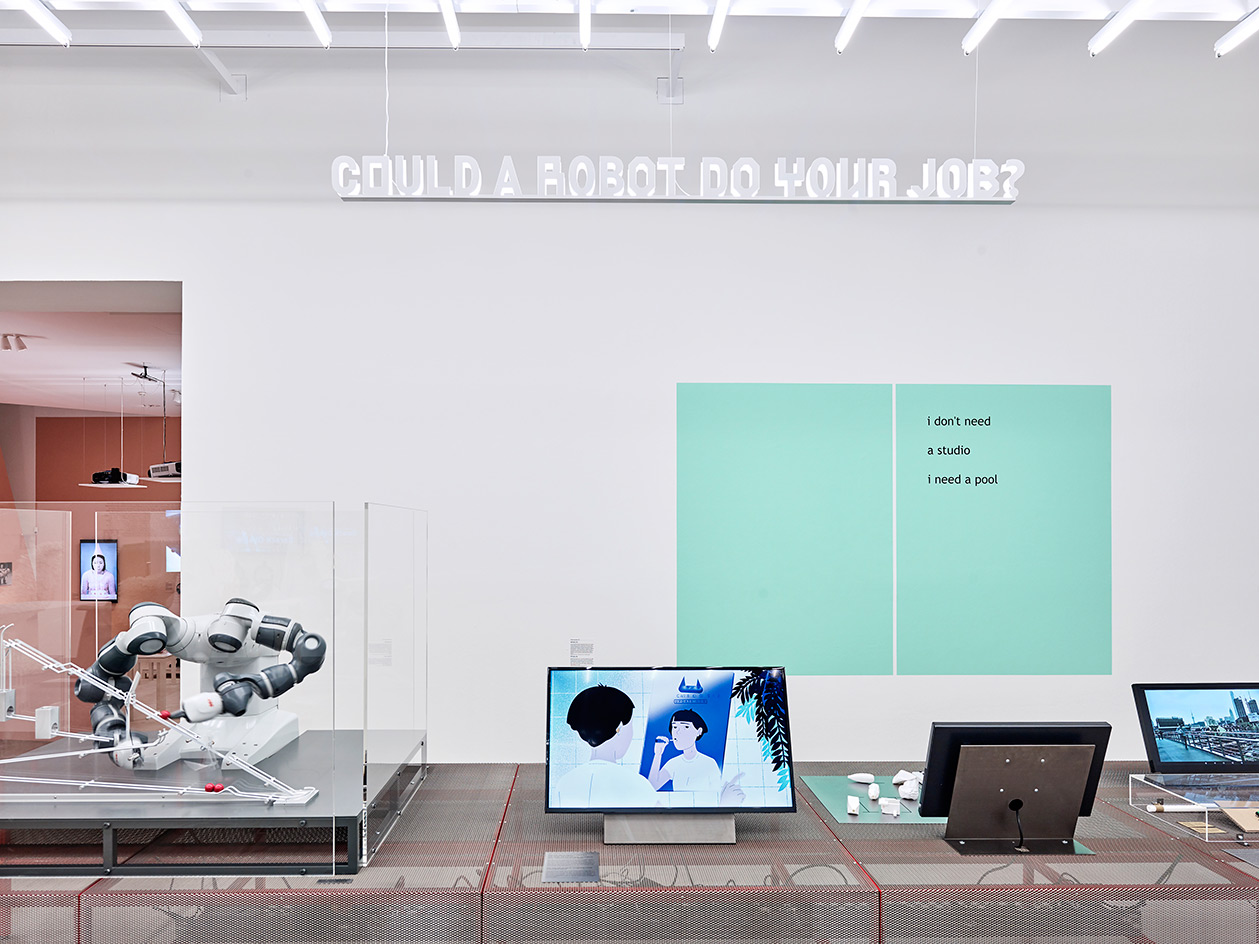
The spectrum of exhibits ranges from industrial robots to installations, ’questioning where the boundary lies between work that can be automated and human creativity’
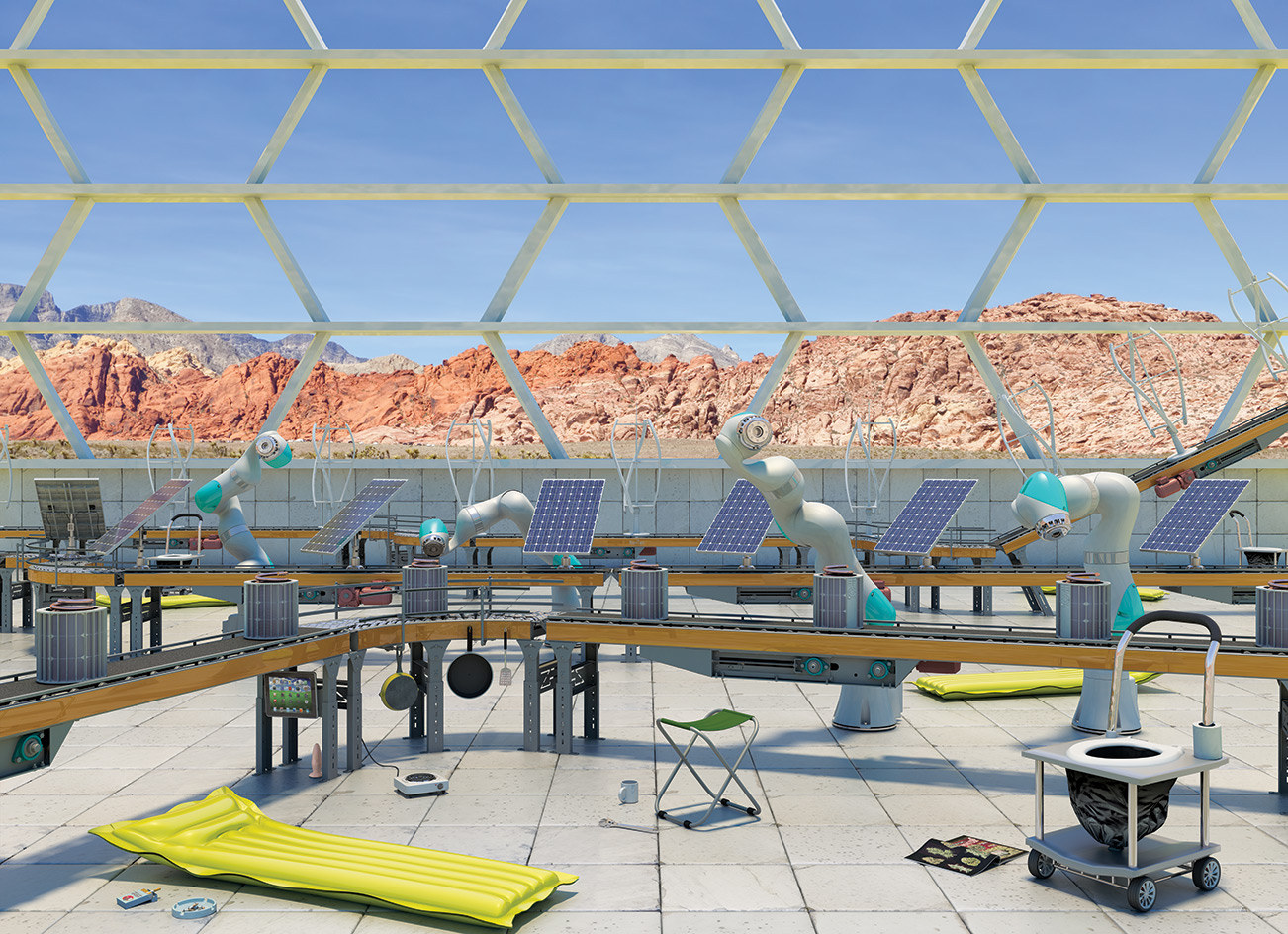
‘Going Green’, by Shawn Maximo, 2016. © Shawn Maximo
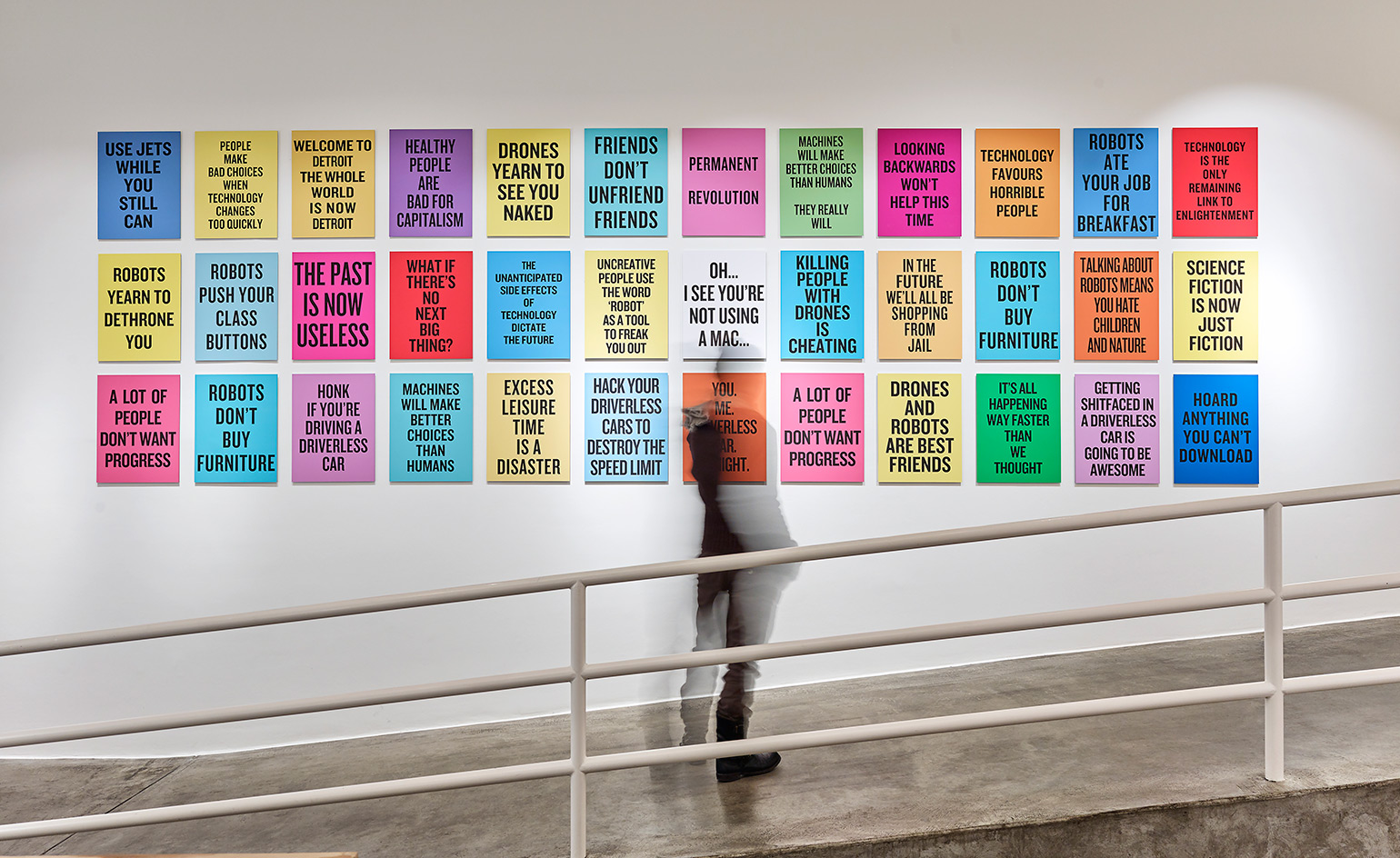
The exhibition encourages visitors to re-examine the ways robots have infiltrated our lives

‘Robot 4: Needy One’, from ‘Technological Dream Series: No. 1, Robots’, by Dunne & Raby, 2007. © 2017 Dunne & Raby.
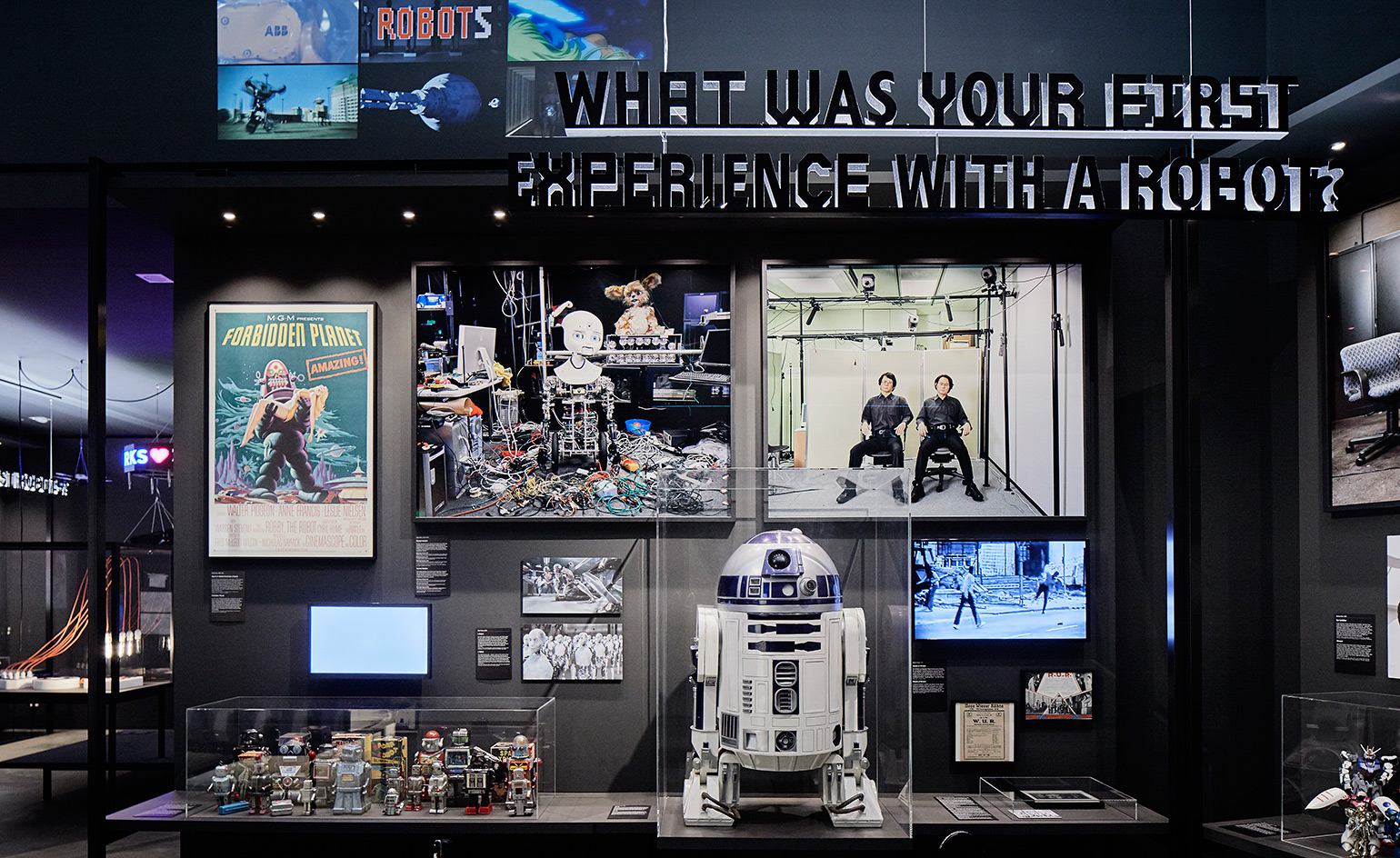
In the ‘Science and Fiction’ segment, the robots we grew up with in popular culture – including Star Wars’ R2-D2 – are displayed around a darkened space, spotlit like alien species
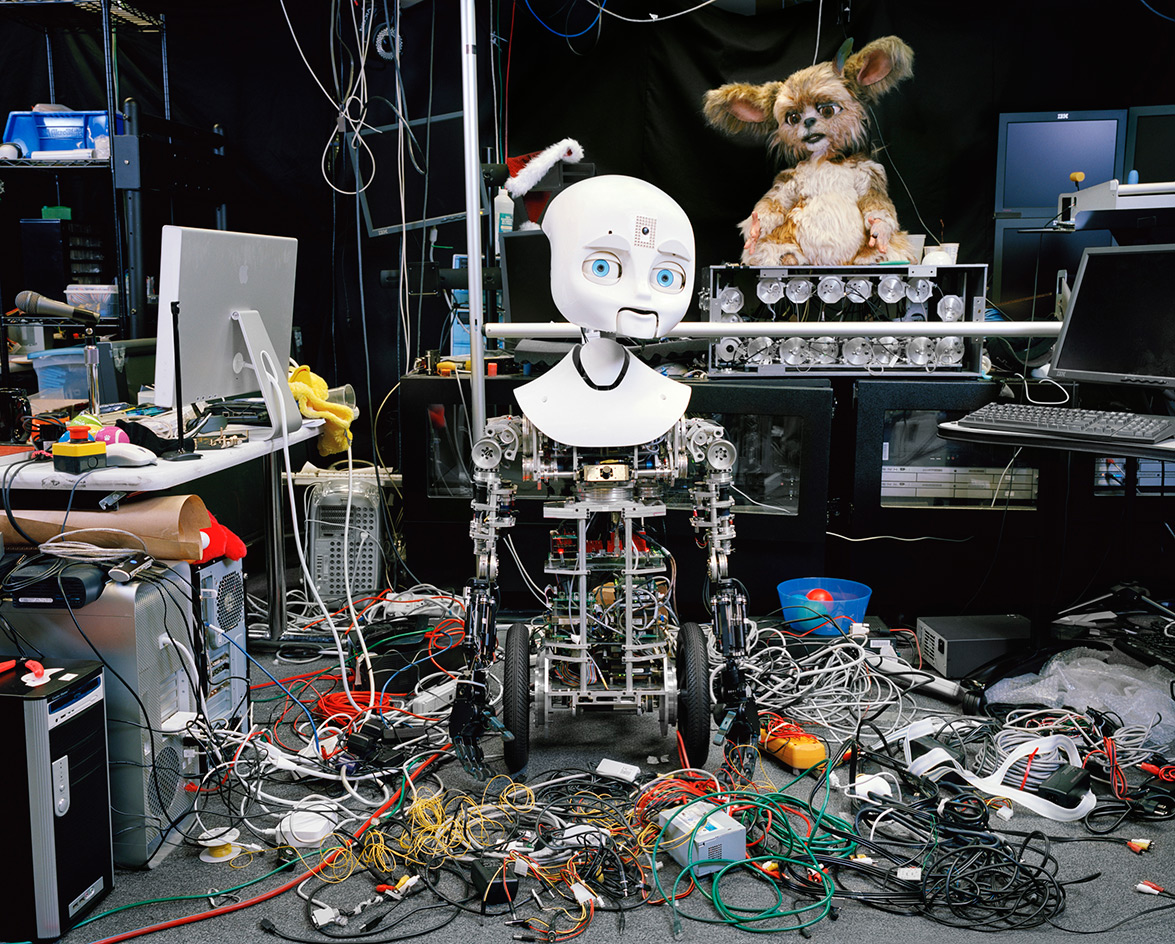
‘Human Version 2.07 Nexi’, by Yves Gellie, 2009. © Yves Gellie. Courtesy of Galerie du Jour – Agnès B/Galerie Baudoin Lebon
INFORMATION
’Hello, Robot. Design between human and machine’ is on view until 14 May. For more information, visit the Vitra Design Museum website
ADDRESS
Vitra Design Museum
Charles-Eames-Strasse 2
79576 Weil am Rhein
Ali Morris is a UK-based editor, writer and creative consultant specialising in design, interiors and architecture. In her 16 years as a design writer, Ali has travelled the world, crafting articles about creative projects, products, places and people for titles such as Dezeen, Wallpaper* and Kinfolk.
-
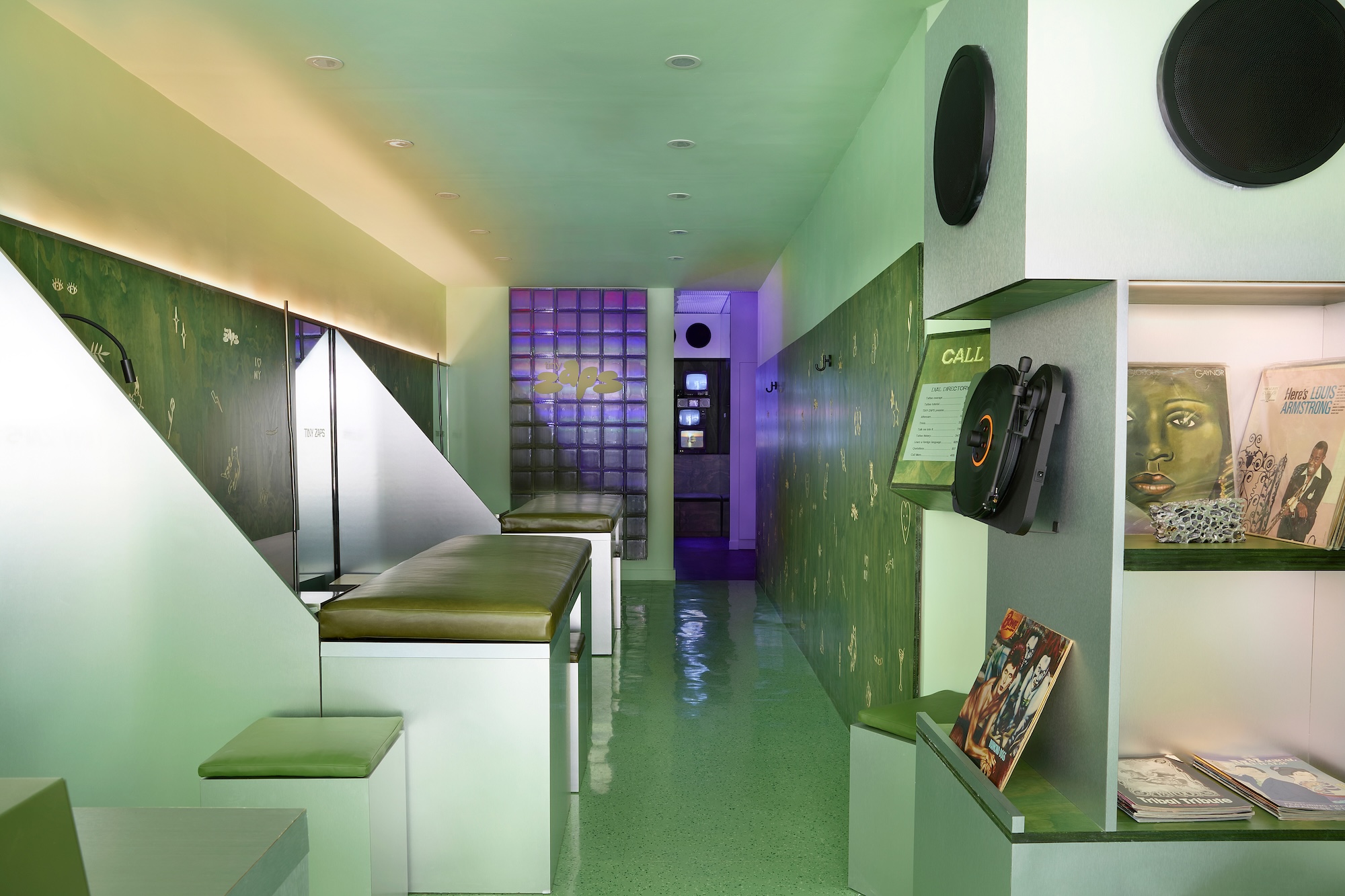 Terrified to get inked? This inviting Brooklyn tattoo parlour is for people who are 'a little bit nervous'
Terrified to get inked? This inviting Brooklyn tattoo parlour is for people who are 'a little bit nervous'With minty-green walls and an option to 'call mom', Tiny Zaps' Williamsburg location was designed to tame jitters
-
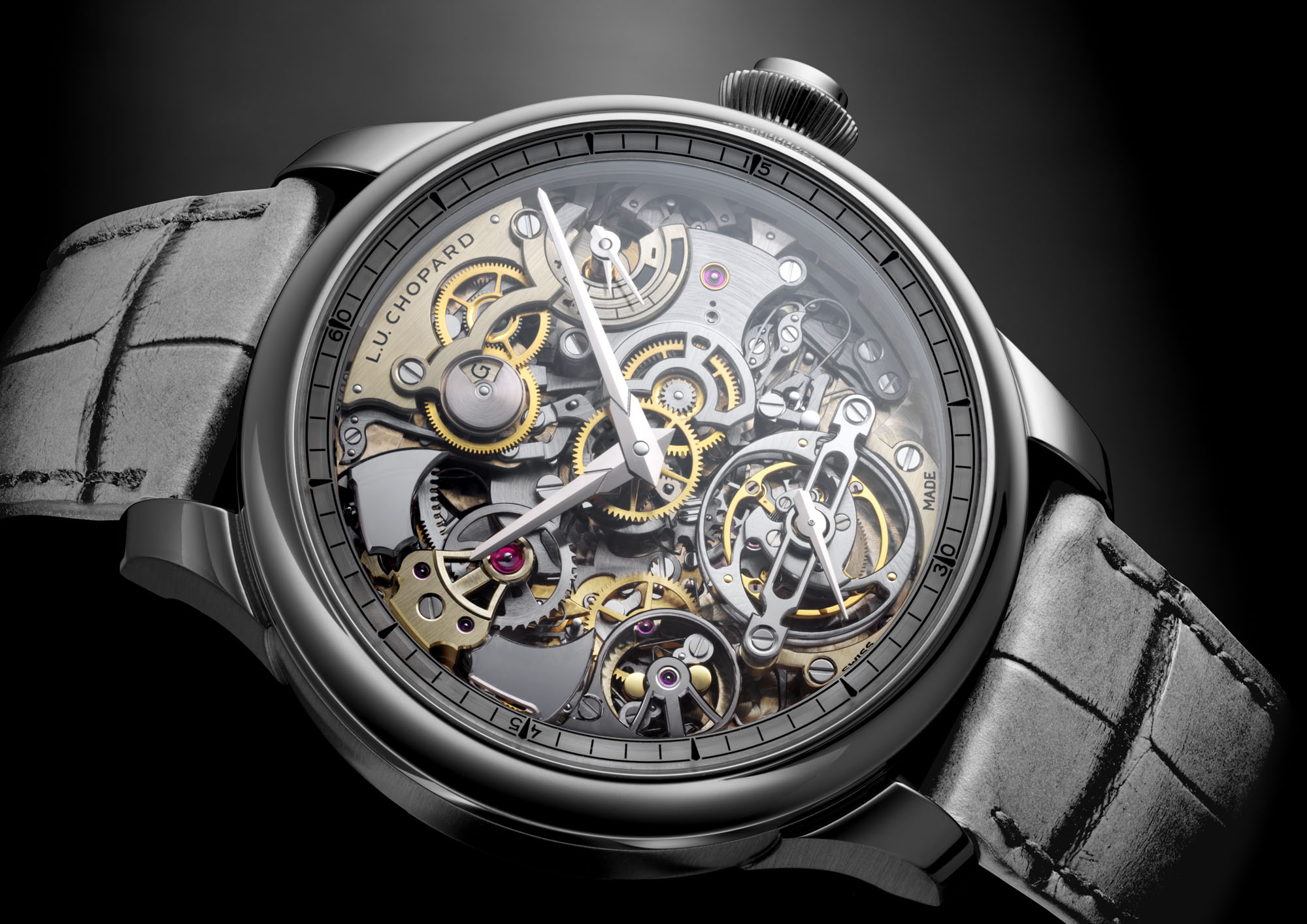 Let’s hear it for the Chopard L.U.C Grand Strike chiming watch
Let’s hear it for the Chopard L.U.C Grand Strike chiming watchThe Swiss watchmaker’s most complicated timepiece to date features an innovative approach to producing a crystal-clear sound
-
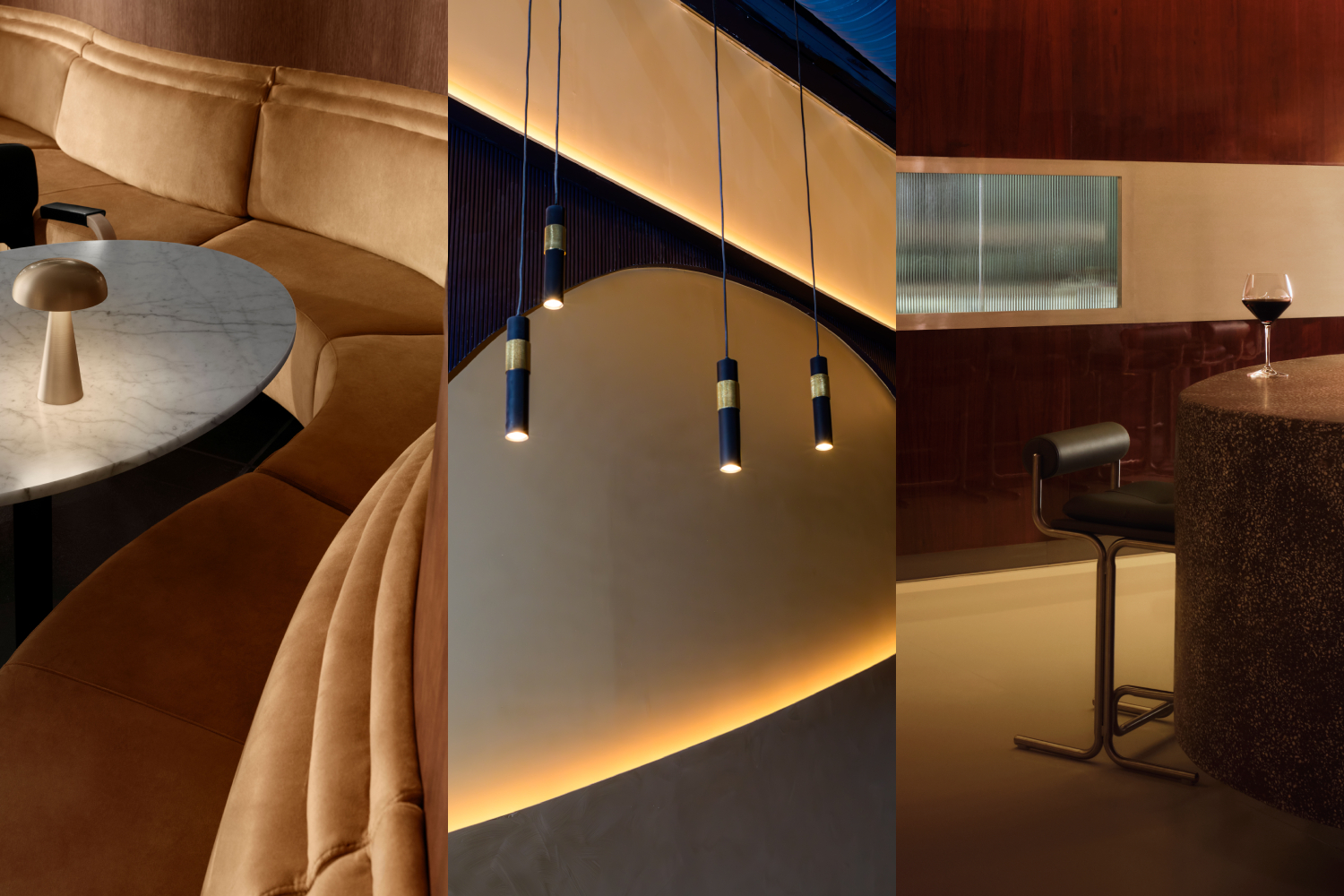 Form... and flavour? The best design-led restaurant debuts of 2025
Form... and flavour? The best design-led restaurant debuts of 2025A Wallpaper* edit of the restaurant interiors that shaped how we ate, gathered and lingered this year
-
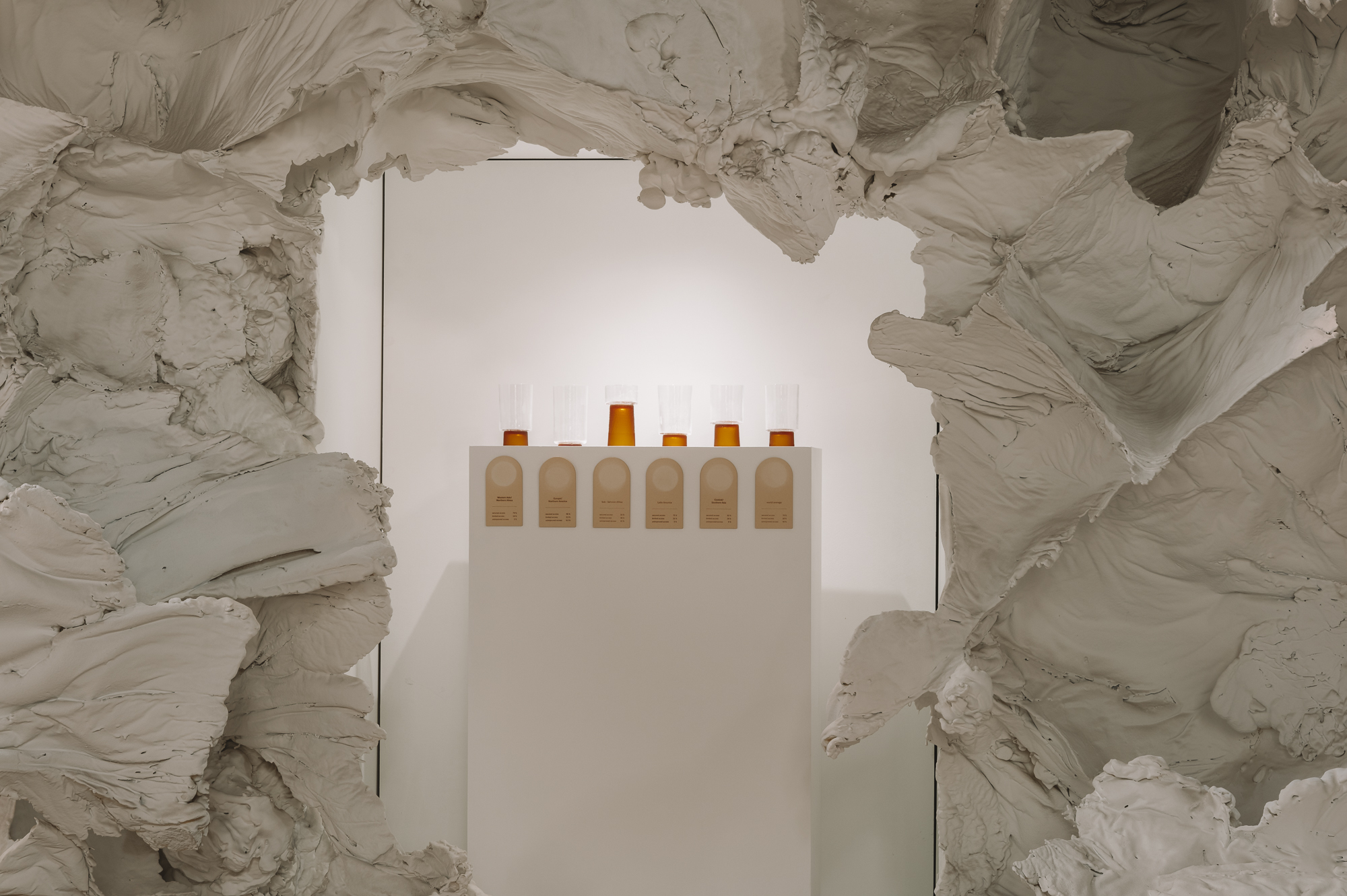 Bocci and Anna Carnick join forces on a showcase of evocative design practices in Berlin
Bocci and Anna Carnick join forces on a showcase of evocative design practices in Berlin'Crafting Community' is on view at Berlin's Wilhelm Hallen until 14 September 2025
-
 How did the Shakers influence modern design? A new exhibition considers the progressive philosophy of the free church
How did the Shakers influence modern design? A new exhibition considers the progressive philosophy of the free church‘The Shakers: A World in the Making’ positions the 18th-century sect as a pioneer of simple, functional and democratic design – principles that still guide aesthetics today
-
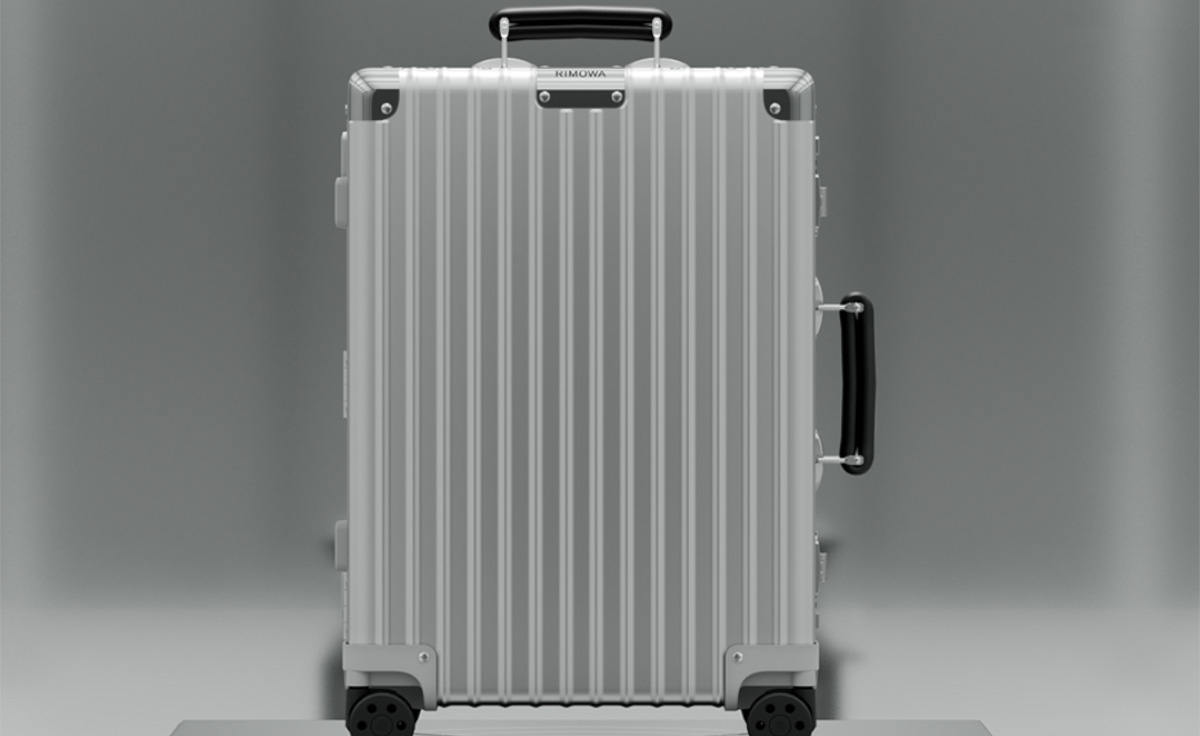 Rimowa Design Prize set to celebrate student innovation
Rimowa Design Prize set to celebrate student innovationThe new Rimowa Design Prize is launching in collaboration with 15 universities, celebrating both student innovation and German design
-
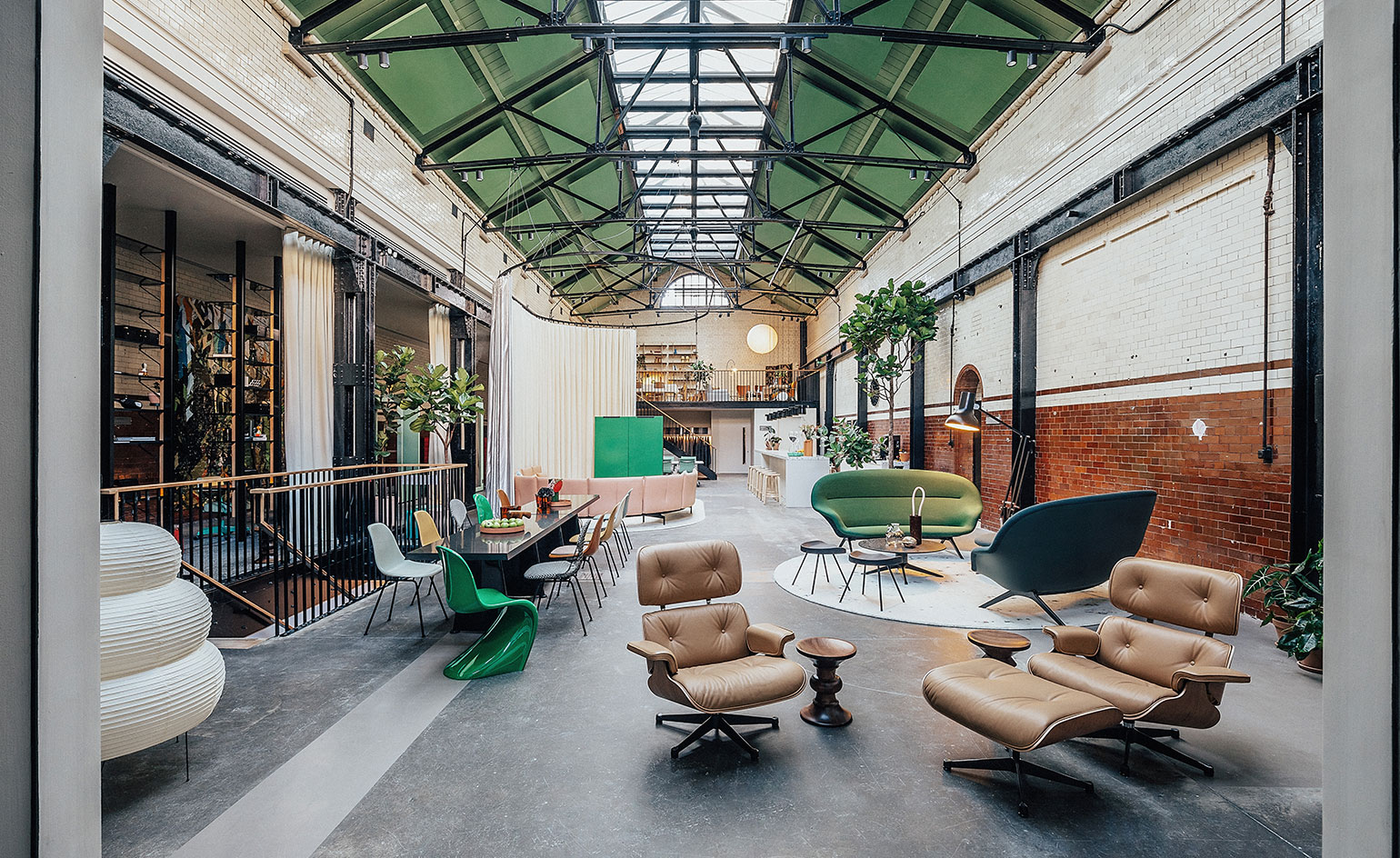 Vitra unveils new London home in the Tramshed, Shoreditch
Vitra unveils new London home in the Tramshed, ShoreditchLondon Design Festival 2022: after a year-long renovation, Vitra opens the door to its new showroom in the heart of Shoreditch
-
 Saul Steinberg: behind the scenes at Triennale Design Museum
Saul Steinberg: behind the scenes at Triennale Design MuseumTriennale Design Museum and publishing house Electa present ‘Saul Steinberg Milano New York’, a new exhibition (until 13 March 2022) that pays homage to the American artist through 350 works. Join us for a behind-the-scenes peek at it's installation
-
 Ten years of Muller Van Severen, at Design Museum Ghent
Ten years of Muller Van Severen, at Design Museum GhentA new exhibition by Belgian design duo Muller Van Severen (until 6 March 2022) features a retrospective of the studio’s ten years as well as a curation of pieces from the Design Museum Ghent collections
-
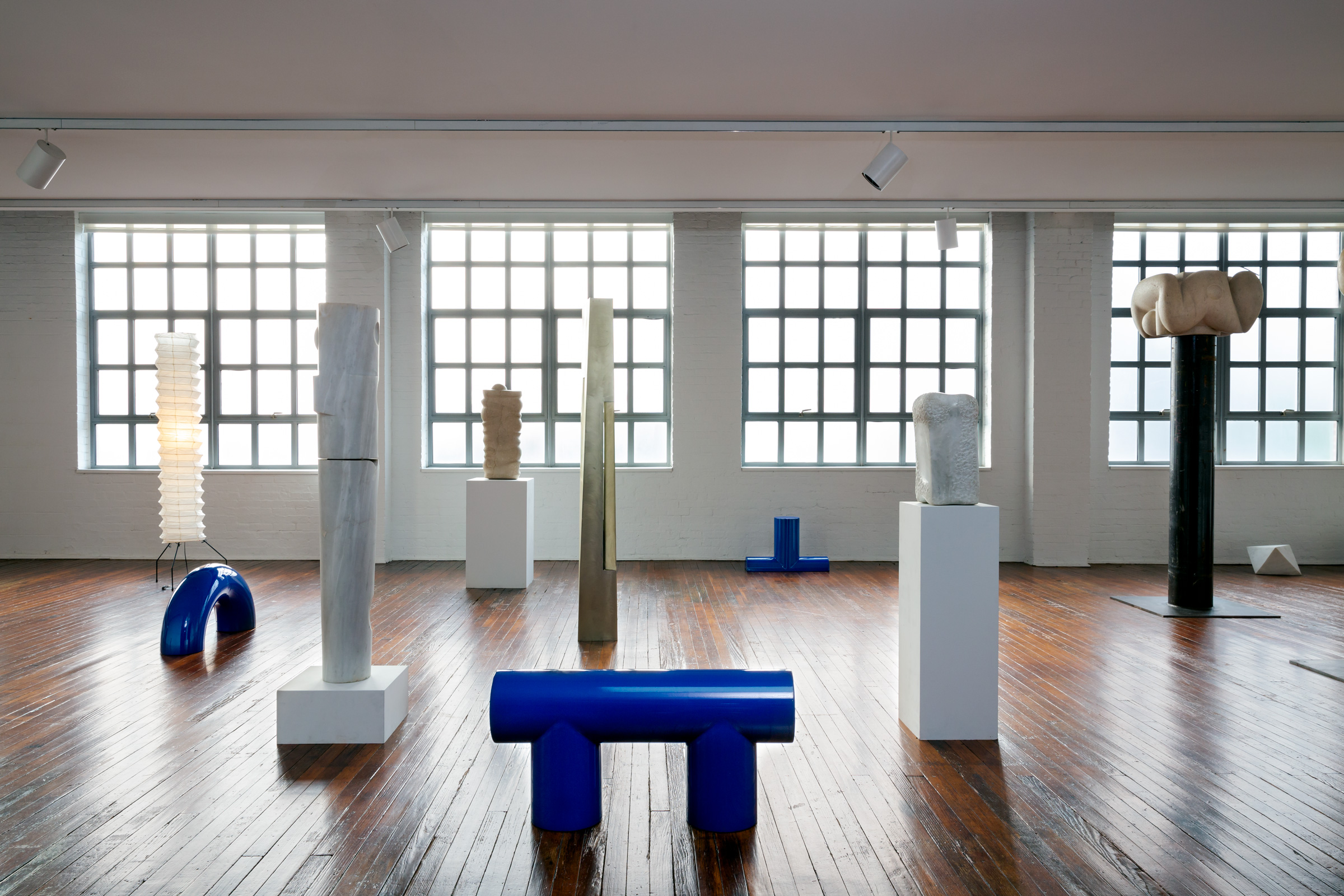 Noguchi show celebrates his reverence for Greece
Noguchi show celebrates his reverence for GreeceDesign show ‘Objects of Common Interest: Hard, Soft, and All Lit Up with Nowhere to Go’ opens in collaboration with Wallpaper* Designers of the Year, Objects of Common Interest, at the Noguchi Museum in Queens, New York (until 13 February 2022)
-
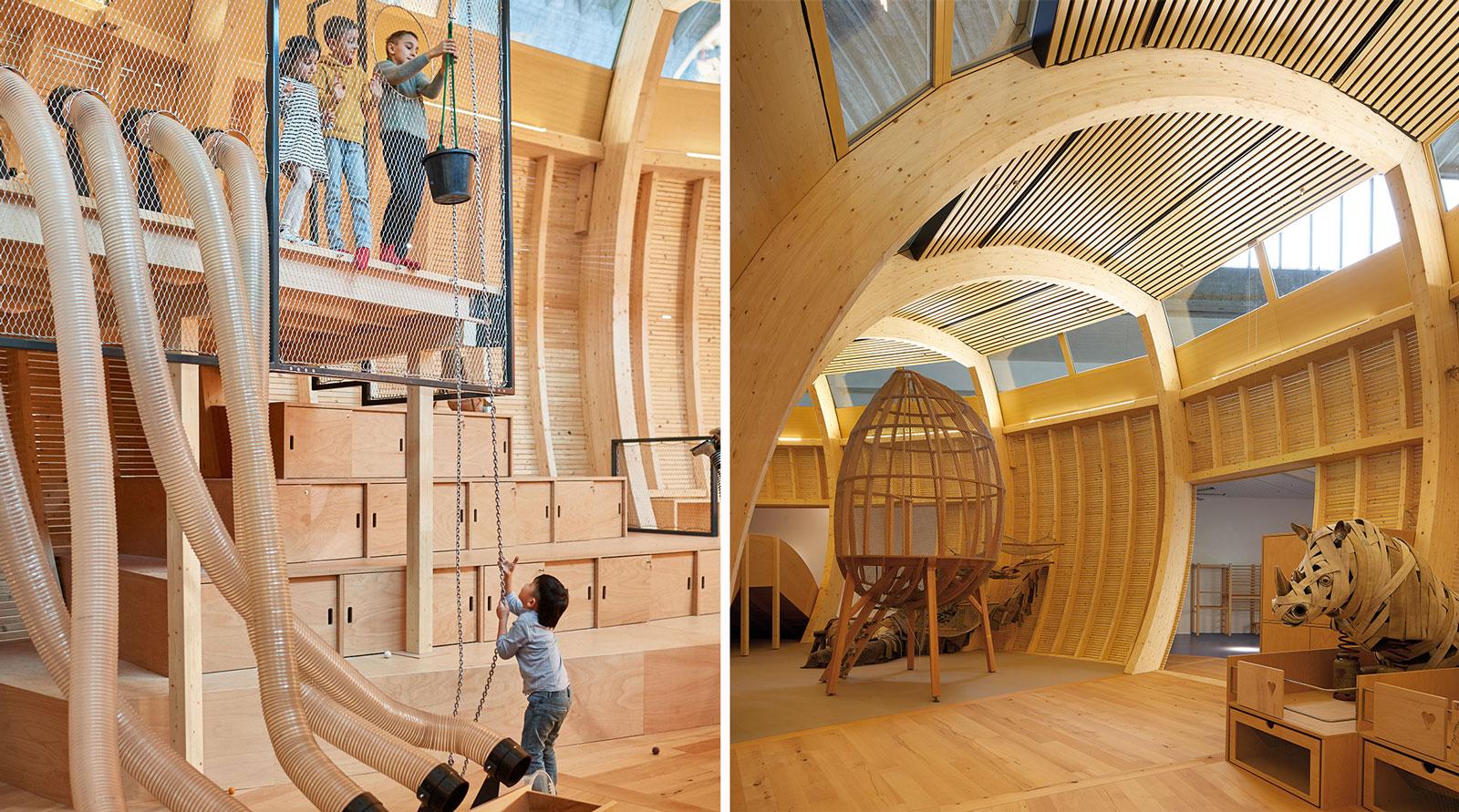 ‘Design not for children, but for everyone’: Jewish Museum Berlin’s new play space
‘Design not for children, but for everyone’: Jewish Museum Berlin’s new play spaceOlson Kundig architecture and design practice brings kids’ play space ANOHA Children’s World to life inside a vast former wholesale flower market, at the Jewish Museum Berlin